Rice cakes, known as nián gāo in Chinese, are a beloved staple in Asian cuisine, celebrated for their chewy texture and versatility. While fried or stir-fried preparations often steal the spotlight, the simplicity of plain boiled rice cakes—or bái shuǐ zhǔ nián gāo—offers a comforting, no-fuss meal that highlights the ingredient’s natural charm. This article delves into the nuances of perfecting this dish, from selecting the right rice cakes to elevating their flavor with minimalist yet effective techniques. Whether you’re a novice cook or a seasoned home chef, these insights will help you transform a humble pot of boiling water into a culinary triumph.
The Humble Brilliance of Plain Boiled Rice Cakes
At first glance, boiling rice cakes in plain water might seem almost too simple. After all, where is the drama of sizzling woks or the complexity of multi-layered sauces? Yet, this method’s genius lies in its restraint. By stripping away excess ingredients, the focus shifts entirely to the rice cakes themselves—their texture, their subtle sweetness, and their ability to absorb complementary flavors. When executed well, plain boiled rice cakes become a canvas for creativity, allowing diners to customize each bite with dipping sauces, aromatics, or fresh herbs.
But simplicity can be deceptive. Achieving perfection requires attention to detail. Overcooked rice cakes become mushy; undercooked ones remain stubbornly chewy. The wrong water-to-rice-cake ratio can lead to a gluey mess. Even the type of rice cake—fresh, frozen, or dried—demands different handling. This guide will address these challenges head-on, ensuring your next batch of boiled rice cakes is tender, springy, and utterly delicious.
Choosing the Right Rice Cakes: Fresh, Frozen, or Dried?
The foundation of any great dish starts with quality ingredients, and rice cakes are no exception. Your choice of rice cake will dictate cooking time, texture, and flavor. Here’s a breakdown of the three primary types:

-
Fresh Rice Cakes: Often sold in cylindrical logs or discs, fresh rice cakes have a soft, pliable texture. They cook quickly but spoil rapidly, so they’re best used within a day or two of purchase. Look for varieties labeled “fresh” or “soft” in Asian markets.
-
Frozen Rice Cakes: These are pre-cooked and frozen, offering convenience without sacrificing quality. They require slightly longer boiling times than fresh ones but retain their chewiness beautifully. Frozen rice cakes are ideal for stockpiling in freezers.
-
Dried Rice Cakes: Sold in hard, dehydrated blocks, these require soaking before boiling. While they take the longest to prepare, their firm texture holds up well in soups or stir-fries. For plain boiling, they offer a satisfying contrast between soft interiors and slightly crisp exteriors.
Pro Tip: Regardless of type, opt for rice cakes made from short-grain glutinous rice (also called “sweet rice”). Their higher starch content ensures a pleasantly sticky, chewy texture.
Essential Tools and Ingredients
Before lighting the stove, gather your equipment and ingredients. Here’s what you’ll need:
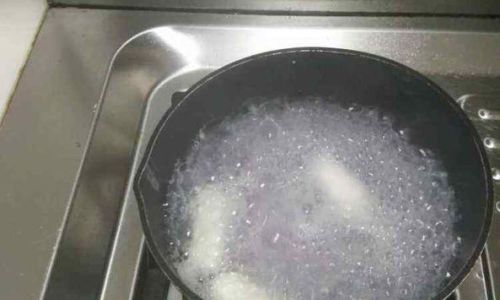
- A large pot: Choose one with high sides to prevent boiling over. A 4-quart pot works well for 1–2 pounds of rice cakes.
- Tongs or a slotted spoon: For gently transferring rice cakes without breaking them.
- A colander: For draining excess water.
- Rice cakes: As discussed, fresh, frozen, or dried.
- Water: Use filtered water to avoid mineral aftertastes.
- Salt: A pinch enhances the rice cakes’ natural flavor.
- Optional add-ins: Sliced green onions, sesame oil, soy sauce, or chili flakes for serving.
Step-by-Step Cooking Guide
Preparing the Rice Cakes
- Fresh Rice Cakes: Rinse briefly under cold water to remove excess starch. Slice into ½-inch thick pieces if using log-style cakes.
- Frozen Rice Cakes: No need to thaw. Add directly to boiling water, but increase cooking time by 2–3 minutes.
- Dried Rice Cakes: Soak in cold water for at least 4 hours (or overnight) until pliable. Drain and slice if needed.
Boiling to Perfection
- Bring Water to a Rolling Boil: Fill your pot with enough water to submerge the rice cakes completely (about 6 cups per pound). Add a pinch of salt.
- Lower to a Simmer: Once boiling, reduce the heat to medium-low. Maintain a gentle simmer—vigorous bubbles can break apart delicate rice cakes.
- Add the Rice Cakes: Gently lower them into the water. Stir once to prevent sticking, then leave undisturbed.
- Cooking Times:
- Fresh: 3–5 minutes.
- Frozen: 6–8 minutes.
- Dried (pre-soaked): 8–10 minutes.
- Test for Doneness: Pierce a piece with a fork. It should offer slight resistance but slide off easily. Overcooked rice cakes will look translucent and feel mushy.
Draining and Rinsing
- Immediately drain the rice cakes in a colander.
- Rinse under cold water: This stops the cooking process and washes away excess starch, preventing clumping.
- Optional “Shock” Method: For extra chewiness, submerge drained rice cakes in an ice bath for 30 seconds before draining again.
Flavor Enhancements: Simple Yet Sublime
Plain boiled rice cakes are a blank slate. Here’s how to elevate them without overwhelming their delicate taste:
-
Aromatic Infusions:
- Add a strip of kombu (dried kelp) or a slice of ginger to the boiling water. These impart subtle umami notes.
- Toss cooked rice cakes with a splash of sesame oil and minced garlic.
-
Dipping Sauces:
- Classic: Soy sauce, rice vinegar, and chili oil.
- Spicy: Gochujang (Korean chili paste) mixed with honey and sesame seeds.
- Herbaceous: Chopped cilantro, lime juice, and fish sauce.
-
Toppings and Mix-Ins:
- Sautéed mushrooms, shredded carrots, or blanched spinach.
- A fried egg with a runny yolk.
- Toasted sesame seeds or crushed peanuts for crunch.
Common Pitfalls and How to Avoid Them
-
Sticky Rice Cakes:
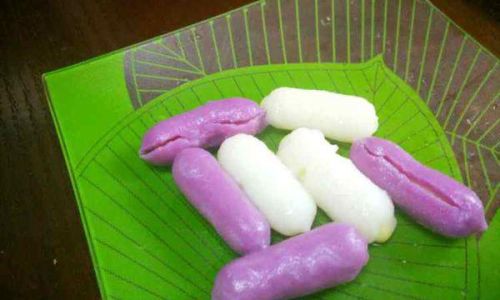
- Cause: Overcrowding the pot or insufficient rinsing.
- Fix: Cook in batches and rinse thoroughly after boiling.
-
Mushy Texture:
- Cause: Overcooking or using low-quality rice cakes.
- Fix: Stick to recommended cooking times and invest in reputable brands.
-
Bland Flavor:
- Cause: Skipping seasoning steps.
- Fix: Always salt the boiling water and experiment with dipping sauces.
Health Benefits of Rice Cakes
Beyond their culinary appeal, rice cakes offer nutritional perks:
- Gluten-Free: A safe option for those with celiac disease or gluten sensitivities.
- Low in Fat: Naturally fat-free, making them a guilt-free base for meals.
- Energy Boost: Rich in carbohydrates, they provide sustained energy without spikes.
Cultural Context: Rice Cakes Beyond the Bowl
In many Asian cultures, rice cakes symbolize prosperity and togetherness. During Lunar New Year celebrations, families gather to make nián gāo, a sticky rice cake believed to bring good fortune. While fried or sweetened versions dominate festive tables, the humble boiled preparation remains a year-round favorite—a testament to the ingredient’s enduring appeal.
Conclusion: The Joy of Simplicity
Plain boiled rice cakes are a reminder that great food needn’t be complicated. By mastering the basics—selecting quality ingredients, controlling cooking times, and embracing minimalist seasoning—you can create a dish that’s both nourishing and deeply satisfying. Whether enjoyed as a quick snack, a side dish, or the star of a meal, these chewy delights prove that sometimes, less truly is more.
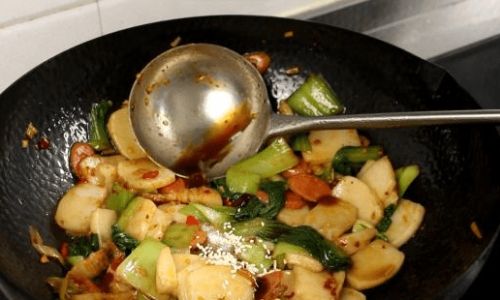
So next time you crave comfort without the fuss, reach for a pot of water and a package of rice cakes. With the techniques outlined here, you’ll transform a simple act of boiling into a culinary achievement worth savoring.
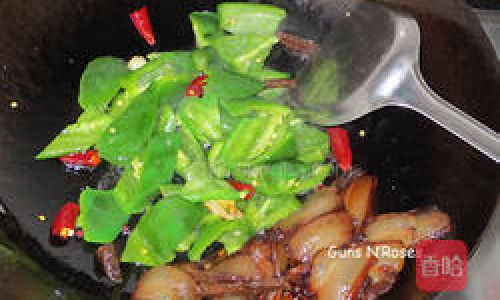
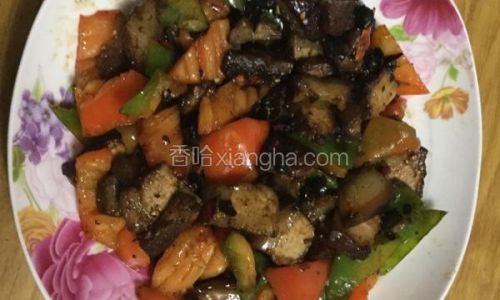
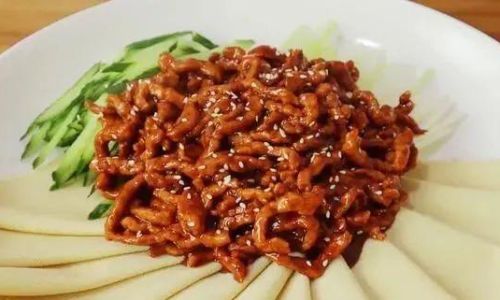
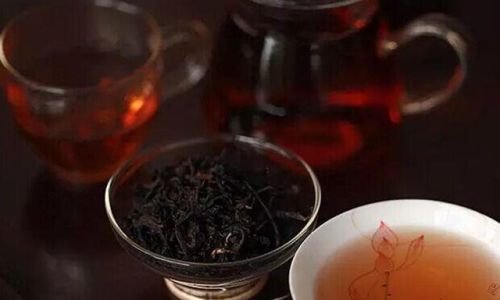
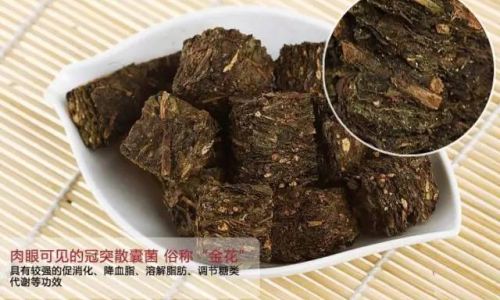
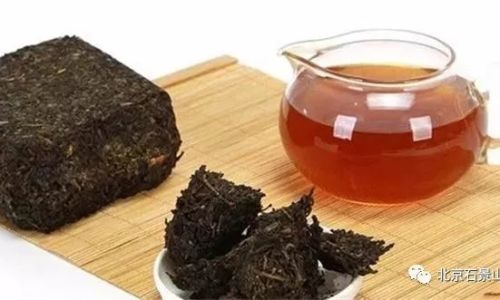
0 comments